_________________________________________________
YOU TUBE - http://www
.youtube.com/user/TravelsWithLobo
---------------------------------------------------------------------------------
Yellowknife - Northwest Territories Legislative Assembly - Day 6
Date of visit: June 26, 2007
Date of blog: August 4, 2007
If there is a perfect little place in Yellowknife it has to be the Northwest Territories Legislative Assembly building.
Built in 1993, this modernistic, elegant building clad with a zinc exterior is located in a pristine natural setting within a short walk of downtown Yellowknife.
Black spruce trees are practically caressing its sides and water from Frame Lake is virtually lapping at its feet thereby creating a total harmony so symbolic of all the hopes and aspirations of the newly created Northwest Territories.
Making ample use of stainless steel and glass for its walls and the two domes, the building is bathed in an abundance of light with great views to the spectacular setting from which legislators can draw their inspiration and connection with the past
.
A sense of calm and serenity pervades which is perhaps congruent with the consensus government which is the norm here.
The Government of the Northwest Territories
With a total population of only 40,000, the NWT does not have the status of a province. Instead, like the Yukon and Nunavut, it is designated as a Territory. As a basis of comparison, the smallest province, Prince Edward Island, has a population of approximately 136,000.
There are some significant differences in the structure and function of the government in the NWT as compared to a province.
First and foremost, the assembly has fewer jurisdictions than a provincial legislature.
Commissioner
While a province has a lieutenant-governor appointed by the provincial government as the Queen's representative to the province, the NWT has a commissioner appointed by the federal minister of Indian and Northern Development as a representative to the federal government, not to the Queen.
The commissioner's position which has been greatly diminished since 1980, from the all powerful to the present largely ceremonial role, has been held by Anthony J
.W. Whitford since 2005. (http://www.commissioner.gov.nt.ca/)
The real power, while less than a provincial legislature, now lies with the legislative assembly.
Legislative Assembly - Consensus Government
(http://www.assembly.gov.nt.ca/)
Members are elected as independents from each of the 19 electoral districts of the NWT. They in turn elect a speaker (The Honourable Paul Delorey), a premier (The Honourable Joe Handley) and a cabinet of six additional ministers.
The unicameral assembly functions under a consensus system without party politics. The regular members form the opposition.
Tours of the legislative assembly are an essential part of a visit to Yellowknife.
Featured in the tour is the Legislative Assembly, a caucus room, works of art presented as gifts by the various provinces upon the official opening of the legislature, exhibits from local artists as well as a collection of A.Y. Jackson (Group of Seven) paintings.
A personal favourite was the exhibit of symbols of the NWT which included the territorial seal, the coat of arms, the flag, the mace, the gyrfalcon as the official bird, gold as the official mineral, the mountain avens as the official flower, the tartan as the official cloth, the tamarack as the official tree, the diamond as the official gem and the arctic grayling as the official fish
.
History - Important Markers
In 1869 under the Rupert's Land Act, in the mother-of-all real estate deals, the Hudson Bay Company sold the North-West Territories, then made up of Rupert's Land and the North-West Territories, to Canada for $1.5 million dollars. Alaska may come to mind but that is dwarfed by this transaction because Rupert's Land alone included all the land draining into Hudson's Bay.
Very soon thereafter, eastern parts of the NWT evolved into components of Quebec and Ontario. Further changes occurred with the creation of Manitoba (1870), Alberta and Saskatchewan (1905) and the Yukon (1898).
Self government came to the NWT in 1980 with the assembly gaining significant control over the territory.
The reduced boundaries of the NWT were officially set in 1912 and remained until 1999 when Nunavut was carved out of the eastern three-fifths of the NWT as a separate territory under the Nunavut Act.
Nunavut is a land that stretches from the Manitoba and NWT borders to Greenland. It has a population of approximately 27,000 and like NWT has its own territorial assembly located in the town of Iqualuit
.
Reasons for the split in the territory can be found in its sheer size and the ethnic split between the Dene, a First Nations people of the present NWT who are governed by the Federal Indian Act and the Inuit of Nunavut.
The aboriginal people of Canada are split into three groups, the First Nations people, the Inuit and the Métis.
In conclusion I can only say that there is so much to learn about the north and its aboriginal people and their struggle for survival in a rapidly changing society driven by a market economy.
In a highly unscientific and perhaps risky speculation based on their photos and curriculum vitae, I have concluded that of the 19 members of the assembly, 8 are of First Nations origin. Therefore, much progress has been made.
Yet To Come:
Yellowknife - the Prince of Wales Museum
Yellowknife - Golf Course and Airport
NWT - The Ice Roads
NWT - Concluding Comments
_________________________________________________
YOU TUBE - http://www
.youtube.com/user/TravelsWithLobo
---------------------------------------------------------------------------------
Yellowknife - The Legislative Assembly
Saturday, August 04, 2007
 Yellowknife, Northwest Territories, Canada
Yellowknife, Northwest Territories, Canada
Other Entries
-
1Bear Alley - Highway 37 to Stewart/Hyder Alaska
Oct 04304 days prior Stewart BC, Canadaphoto_camera35videocam 0comment 2
Stewart BC, Canadaphoto_camera35videocam 0comment 2 -
2Stewart BC -- Historic Gateway to Alaska
Oct 05303 days prior Stewart BC, Canadaphoto_camera34videocam 0comment 2
Stewart BC, Canadaphoto_camera34videocam 0comment 2 -
3Stewart BC -- Ripley Creek Inn and the Estuary
Oct 05303 days prior Stewart BC, Canadaphoto_camera41videocam 0comment 0
Stewart BC, Canadaphoto_camera41videocam 0comment 0 -
4Hyder, Alaska -- Fish Creek and Salmon Glacier
Oct 12296 days prior Hyder, United Statesphoto_camera59videocam 0comment 3
Hyder, United Statesphoto_camera59videocam 0comment 3 -
5One of Nature's Great Stories
Oct 18290 days prior Adams River, Canadaphoto_camera63videocam 0comment 0
Adams River, Canadaphoto_camera63videocam 0comment 0 -
6Prince Rupert -- The New World Port
Jan 14202 days prior Prince Rupert, Canadaphoto_camera3videocam 0comment 0
Prince Rupert, Canadaphoto_camera3videocam 0comment 0 -
7Prince Rupert: Sinking of the Queen of the North
Apr 03123 days prior Prince Rupert, Canadaphoto_camera3videocam 0comment 0
Prince Rupert, Canadaphoto_camera3videocam 0comment 0 -
8On The Road Again - Northwest Territories
Jun 2045 days prior Prince George, Canadaphoto_camera1videocam 0comment 0
Prince George, Canadaphoto_camera1videocam 0comment 0 -
9Prince George to Dawson Creek - DAY 1
Jun 2144 days prior Dawson Creek, Canadaphoto_camera38videocam 0comment 0
Dawson Creek, Canadaphoto_camera38videocam 0comment 0 -
10Dawson Creek to Fort Nelson - Day 2
Jun 2342 days prior Fort Nelson, Canadaphoto_camera55videocam 0comment 0
Fort Nelson, Canadaphoto_camera55videocam 0comment 0 -
11The Liard Highway - Day 3
Jun 2342 days prior Fort Liard, Canadaphoto_camera73videocam 0comment 2
Fort Liard, Canadaphoto_camera73videocam 0comment 2 -
12Fort Simpson to Yellowknife - Day 4
Jun 2441 days prior Yellowknife, Canadaphoto_camera61videocam 0comment 0
Yellowknife, Canadaphoto_camera61videocam 0comment 0 -
13Yellowknife - The Old Town - Day 5
Jun 2639 days prior Yellowknife, Canadaphoto_camera41videocam 0comment 1
Yellowknife, Canadaphoto_camera41videocam 0comment 1 -
14Yellowknife - The New Town - Day 5
Jun 2639 days prior Yellowknife, Canadaphoto_camera41videocam 0comment 0
Yellowknife, Canadaphoto_camera41videocam 0comment 0 -
15Yellowknife - Frame Lake - Day 5
Jun 2639 days prior Yellowknife, Canadaphoto_camera53videocam 0comment 0
Yellowknife, Canadaphoto_camera53videocam 0comment 0 -
16Yellowknife - The Legislative Assembly
Aug 04 Yellowknife, Canadaphoto_camera30videocam 0comment 1
Yellowknife, Canadaphoto_camera30videocam 0comment 1 -
17Yellowknife - Prince of Wales Northern Heritage Ct
Aug 062 days later Yellowknife, Canadaphoto_camera22videocam 0comment 0
Yellowknife, Canadaphoto_camera22videocam 0comment 0 -
18On The Road Again - Discovery Coast
Aug 128 days later Prince George, Canadaphoto_camera0videocam 0comment 0
Prince George, Canadaphoto_camera0videocam 0comment 0 -
19Discovery Coast Passage - Part 1 of 12
Aug 2016 days later Alexis Creek, Canadaphoto_camera55videocam 0comment 0
Alexis Creek, Canadaphoto_camera55videocam 0comment 0 -
20Discovery Passage - Part 2 of 12
Aug 2016 days later Tatla Lake, Canadaphoto_camera57videocam 0comment 2
Tatla Lake, Canadaphoto_camera57videocam 0comment 2 -
21Heckman Pass to Bella Coola - Part 3
Aug 2016 days later Tweedsmuir Provincial Park, Canadaphoto_camera62videocam 0comment 2
Tweedsmuir Provincial Park, Canadaphoto_camera62videocam 0comment 2 -
22Bella Coola - the Port - Part 4
Aug 2521 days later Bella Coola, Canadaphoto_camera26videocam 0comment 0
Bella Coola, Canadaphoto_camera26videocam 0comment 0 -
23The Discovery Coast Passage - Part 5
Aug 2723 days later Bella Coola, Canadaphoto_camera80videocam 0comment 3
Bella Coola, Canadaphoto_camera80videocam 0comment 3 -
24Port Hardy to Campbell River to Parksville
Aug 3026 days later Campbell River, Canadaphoto_camera2videocam 0comment 0
Campbell River, Canadaphoto_camera2videocam 0comment 0 -
25Cathedral Grove in MacMillan Provincial Park
Aug 3026 days later Coombs, Canadaphoto_camera4videocam 0comment 0
Coombs, Canadaphoto_camera4videocam 0comment 0 -
26Port Alberni - Gateway to the Pacific Rim - Part 8
Aug 3026 days later Port Alberni, Canadaphoto_camera2videocam 0comment 0
Port Alberni, Canadaphoto_camera2videocam 0comment 0 -
27Pacific Rim -- Tofino and Ucluelet - Part 9 of 11
Aug 3026 days later Tofino, Canadaphoto_camera13videocam 0comment 0
Tofino, Canadaphoto_camera13videocam 0comment 0 -
28Chemainus - Finding a Way to be Noticed - Part 10
Sep 0128 days later Chemainus, Canadaphoto_camera25videocam 0comment 0
Chemainus, Canadaphoto_camera25videocam 0comment 0 -
29Victoria - The Return - Part 11 of 12
Sep 0128 days later Victoria, Canadaphoto_camera48videocam 0comment 0
Victoria, Canadaphoto_camera48videocam 0comment 0 -
30Vancouver - Best Place to Live? Part 12 of 12
Sep 0128 days later Vancouver, Canadaphoto_camera41videocam 0comment 0
Vancouver, Canadaphoto_camera41videocam 0comment 0 -
31Land of the Midnight Sun
Sep 0330 days later Prince George, Canadaphoto_camera0videocam 0comment 0
Prince George, Canadaphoto_camera0videocam 0comment 0 -
32A L A S K A - Getting There - Part 1
Sep 0330 days later Prince George, Canadaphoto_camera14videocam 0comment 0
Prince George, Canadaphoto_camera14videocam 0comment 0 -
33The Stewart Cassiar Highway - Part 2
Sep 0532 days later Whitehorse, Canadaphoto_camera0videocam 0comment 0
Whitehorse, Canadaphoto_camera0videocam 0comment 0 -
34Catching Up and Changing Strategies - Again
Sep 0532 days later Whitehorse, Canadaphoto_camera0videocam 0comment 0
Whitehorse, Canadaphoto_camera0videocam 0comment 0

 Yellowknife, Northwest Territories, Canada
Yellowknife, Northwest Territories, Canada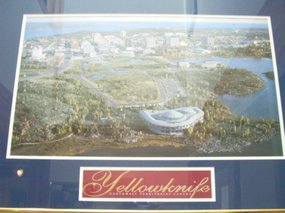
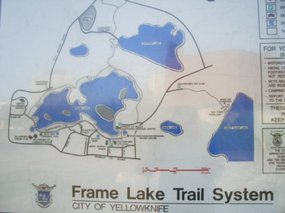
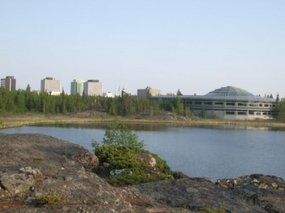
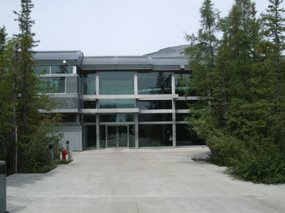
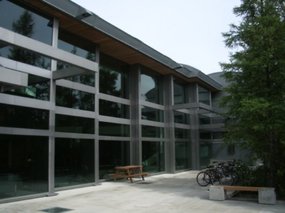



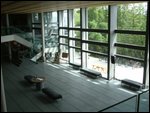
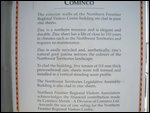
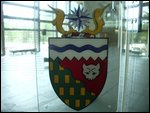
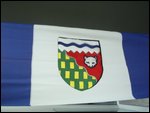
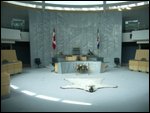
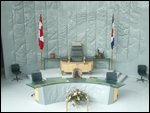
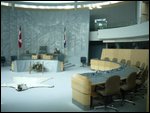
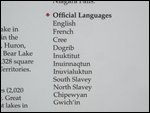
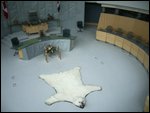


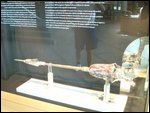
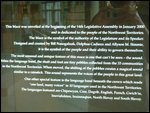
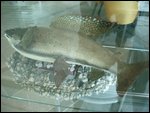

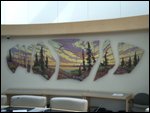
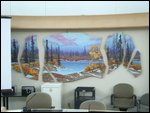

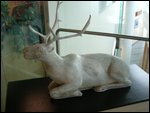
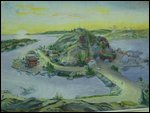
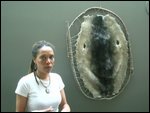
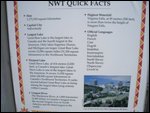
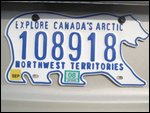
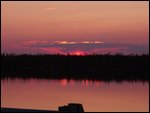
2025-05-22